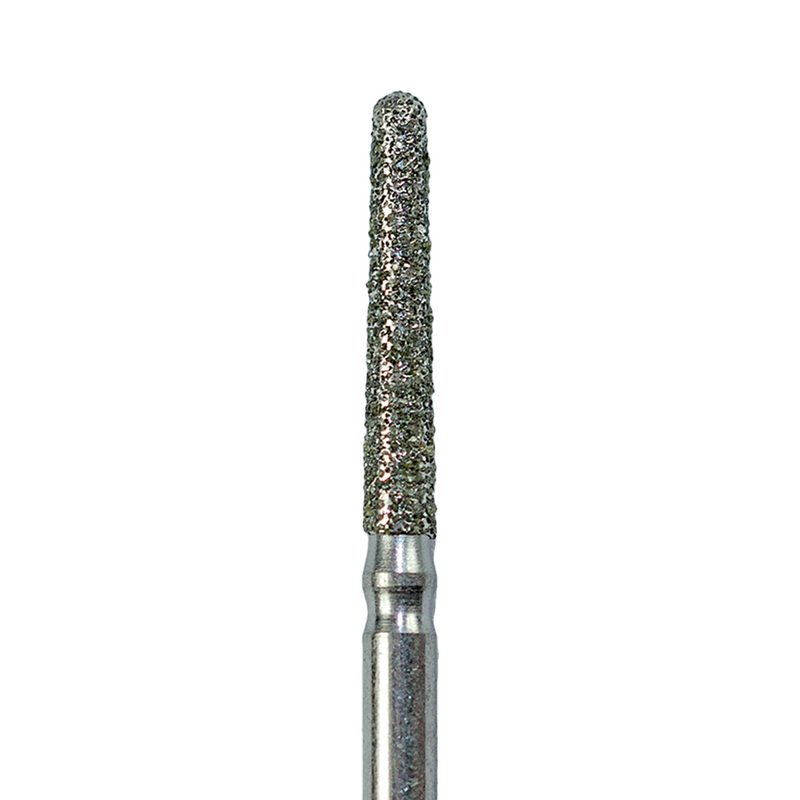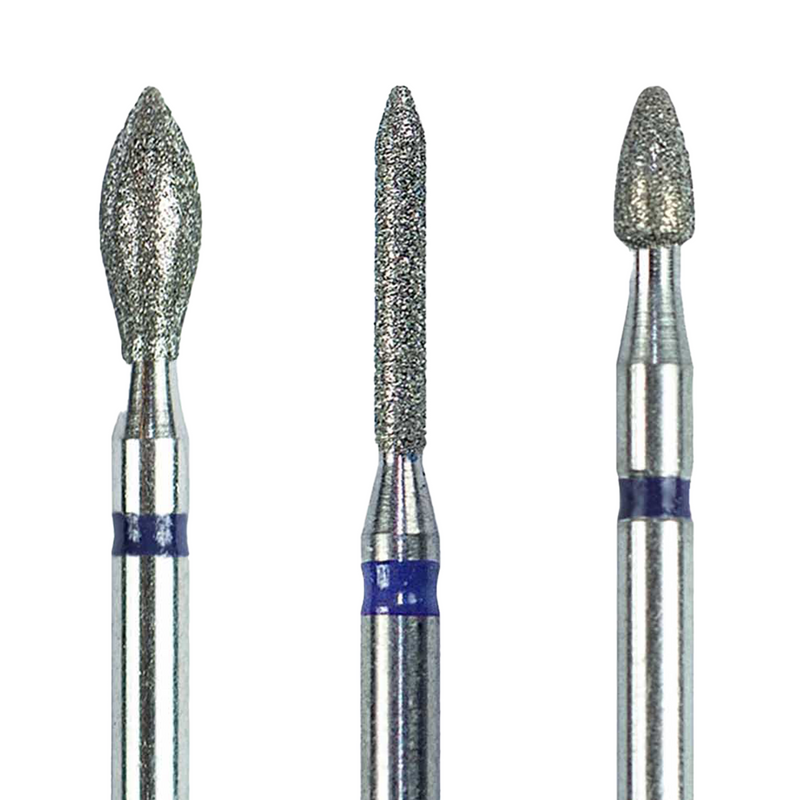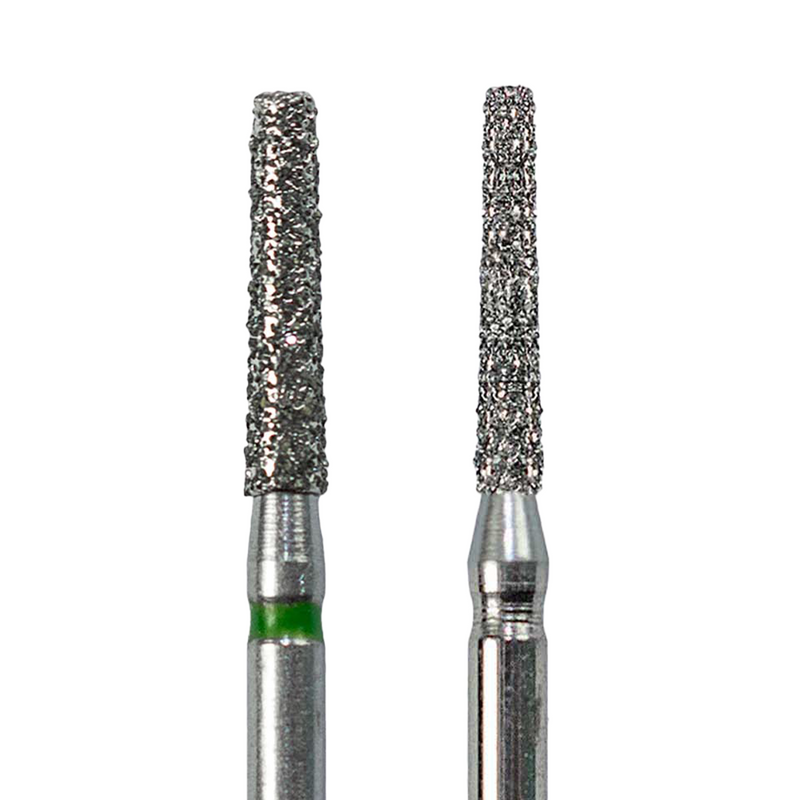0 comments
Comparative Analysis of Interproximal Reduction Techniques: Evaluating Enamel Surface Effects and Efficiency
In a recent article published in the peer-reviewed journal Bioinformation (Volume 21, Issue 10, 2025; ISSN 0973-2063 online), Aphale et al. conducted a rigorous in vitro study evaluating the effects of different IPR techniques on enamel surface integrity.
Published on October 31, 2025, this research employed scanning electron microscopy (SEM) and profilometry to analyze three IPR systems - double-sided oscillating strips, interproximal stripping burs, and carborundum discs, across 15 samples to provide evidence-based insights into optimizing enamel preservation while ensuring clinical efficiency.
The clinical relevance of enamel roughness and abrasive wear lies in their impact on long-term tooth health, patient comfort, and maintenance requirements post-IPR. This study’s quantitative data advance understanding of how different IPR methods affect enamel roughness, abrasive decay, and volume loss, guiding clinicians in selecting the optimal technique for specific cases.
Click here to view the full PDF file
Key Points:
-
Mechanical IPR methods (burs and discs) demonstrated higher enamel reduction efficiency than manual strips, removing more enamel in shorter timeframes.
-
Despite their efficiency, mechanical methods produced greater enamel surface roughness and abrasive wear, increasing potential polishing needs.
-
Manual double-sided oscillating strips yielded the smoothest enamel surfaces with lower abrasive deterioration but exhibited reduced enamel removal efficiency.
-
SEM analysis revealed distinctive surface alterations with mechanical methods creating more uniform enamel removal yet rougher surfaces.
-
Abrasive grain size and distribution played a crucial role, with mechanical systems showing consistent 80-micron grains compared to variable manual strip abrasives.
-
Enamel debris and abrasive decay were more pronounced in mechanical systems, impacting the lifespan of instruments.
Conclusion:
While mechanical IPR techniques using burs and carborundum discs offer superior enamel reduction efficiency ideal for time-sensitive clinical workflows, they cause increased enamel surface roughness and abrasive wear compared to manual oscillating strips.
Dentists should weigh these trade-offs carefully and consider patient-specific factors when selecting an IPR technique. Implementing regular maintenance and thorough polishing protocols after mechanical IPR is advisable to preserve enamel integrity and optimize long-term outcomes. Balancing speed and surface quality allows clinicians to tailor IPR approaches for enhanced patient comfort and treatment success.
Resources:
-
Aphale H, Kalaskar V, Nagmode S, et al. Comparative analysis of slenderization methods and their impact on enamel surfaces using SEM: An in vitro study. Bioinformation. 2025;21(10):3697-3702. DOI: 10.6026/973206300213697
Full-text: https://www.bioinformation.net/021/973206300213697.pdf -
Insights on Interproximal Reduction in Orthodontics: Sheridan JJ. Air-rotor stripping: a brief history and current concepts. J Clin Orthod.1987;21(11):704-710.
Zachrisson BU. Influence of enamel reduction on caries susceptibility and periodontal health in orthodontics. Am J Orthod. 1995. -
Technical and Clinical Guidelines on IPR by the British Orthodontic Society: https://www.bos.org.uk/Publications/Clinical-Guidance/Interproximal-reduction-IPR
-
Review of IPR Effects in Clear Aligner Therapy: Kravitz ND, Kusnoto B, Tsay P, et al. Interproximal enamel reduction during clear aligner treatment: an anonymous survey study. Eur J Orthod. 2020;42(1):60-65.
 Duties are now included in the product price
Duties are now included in the product price














0 comments